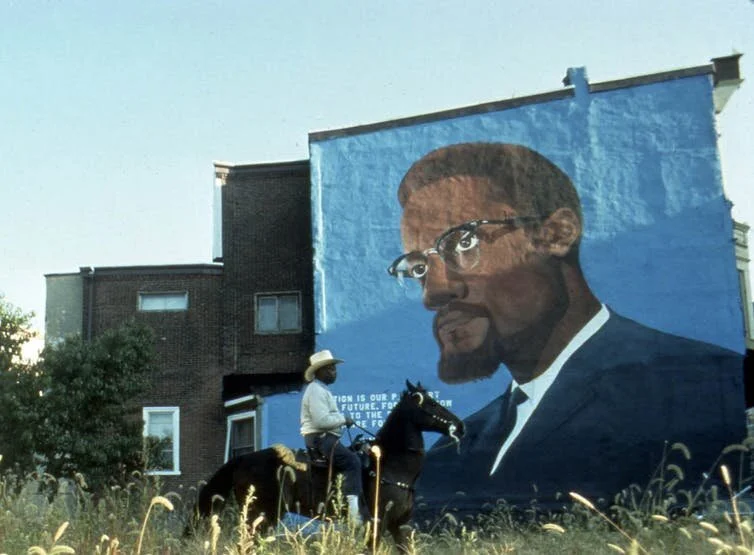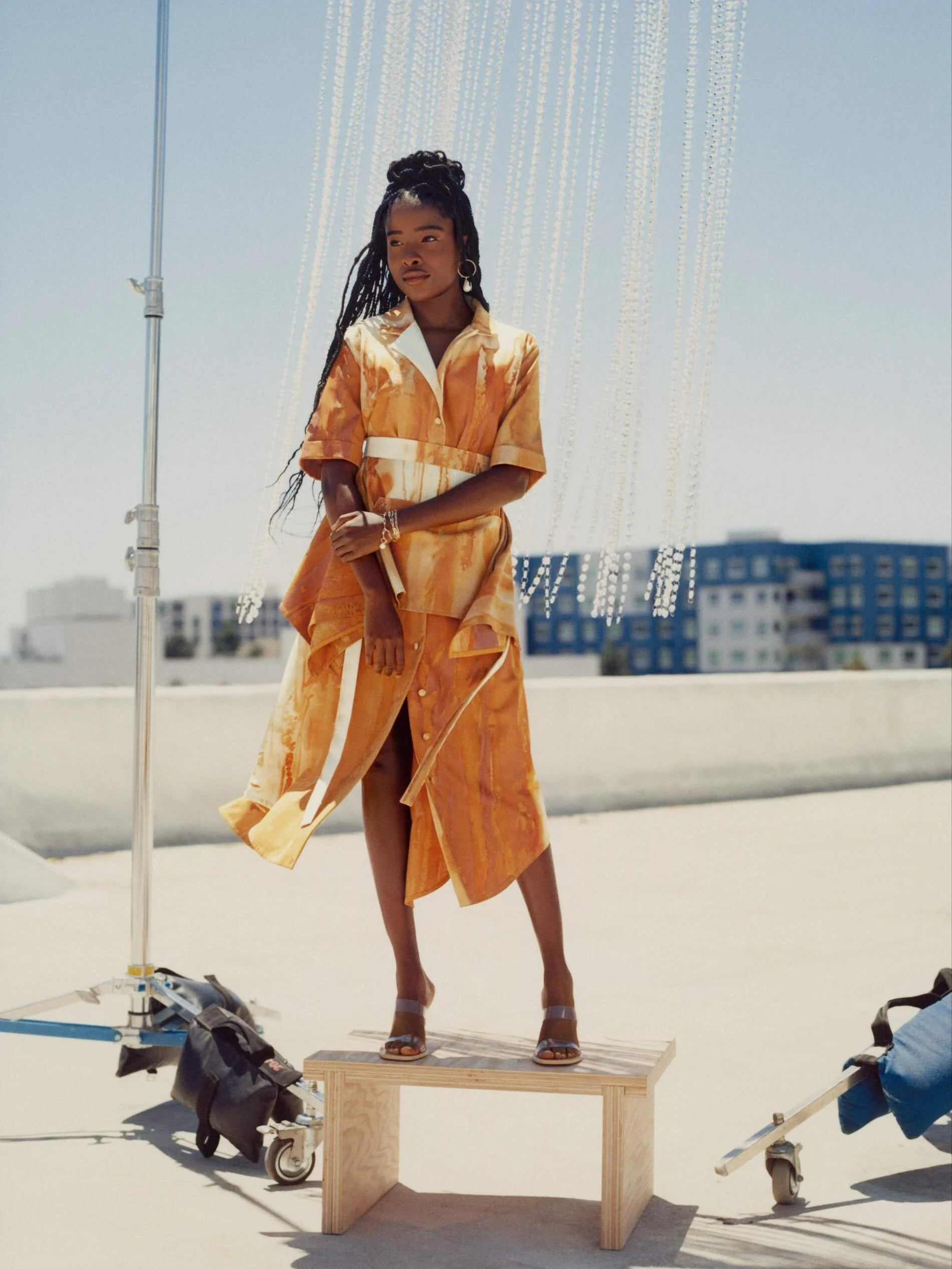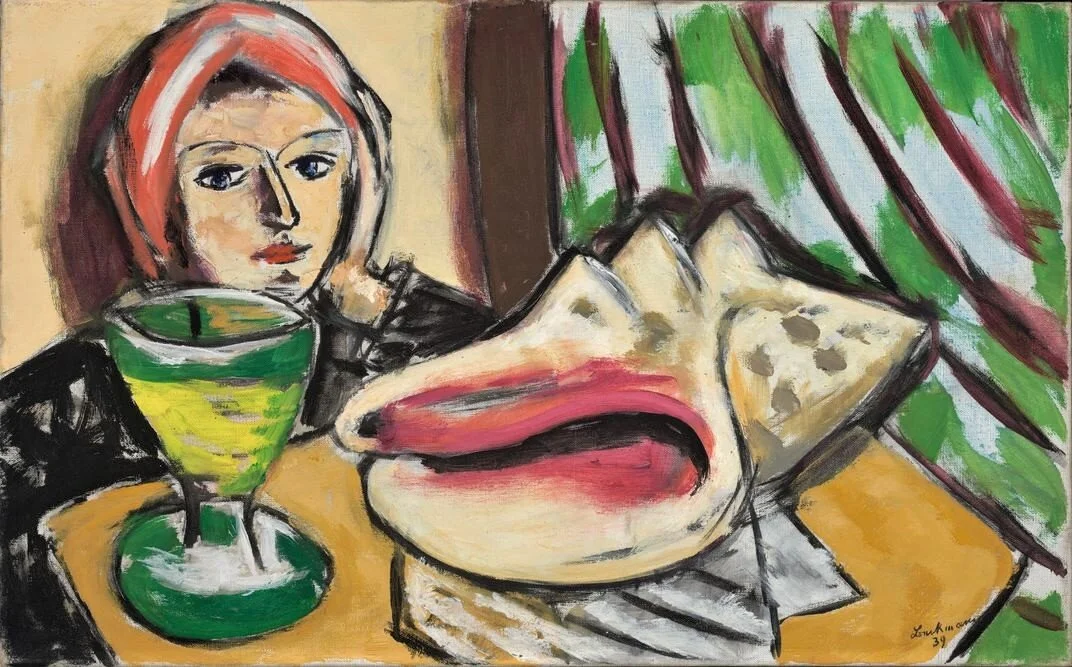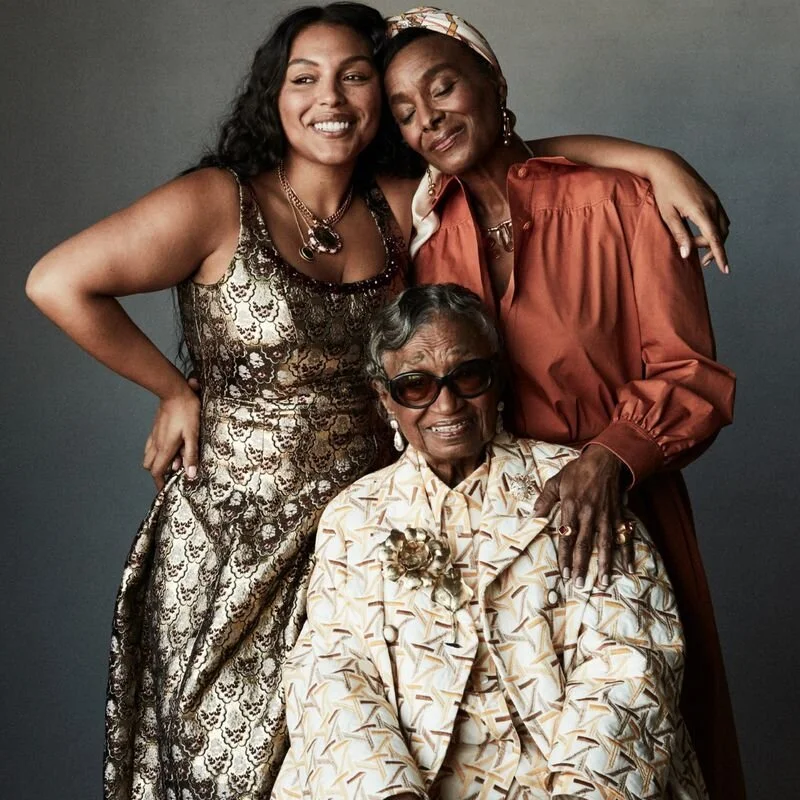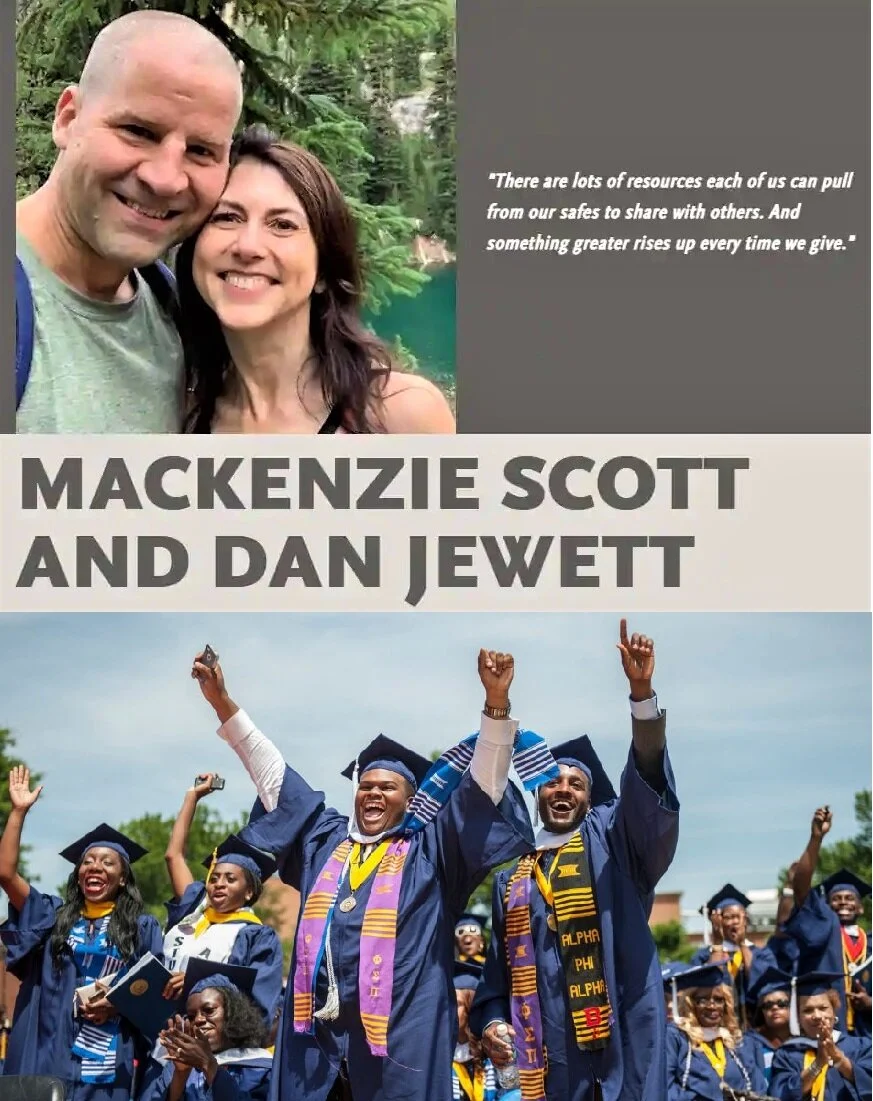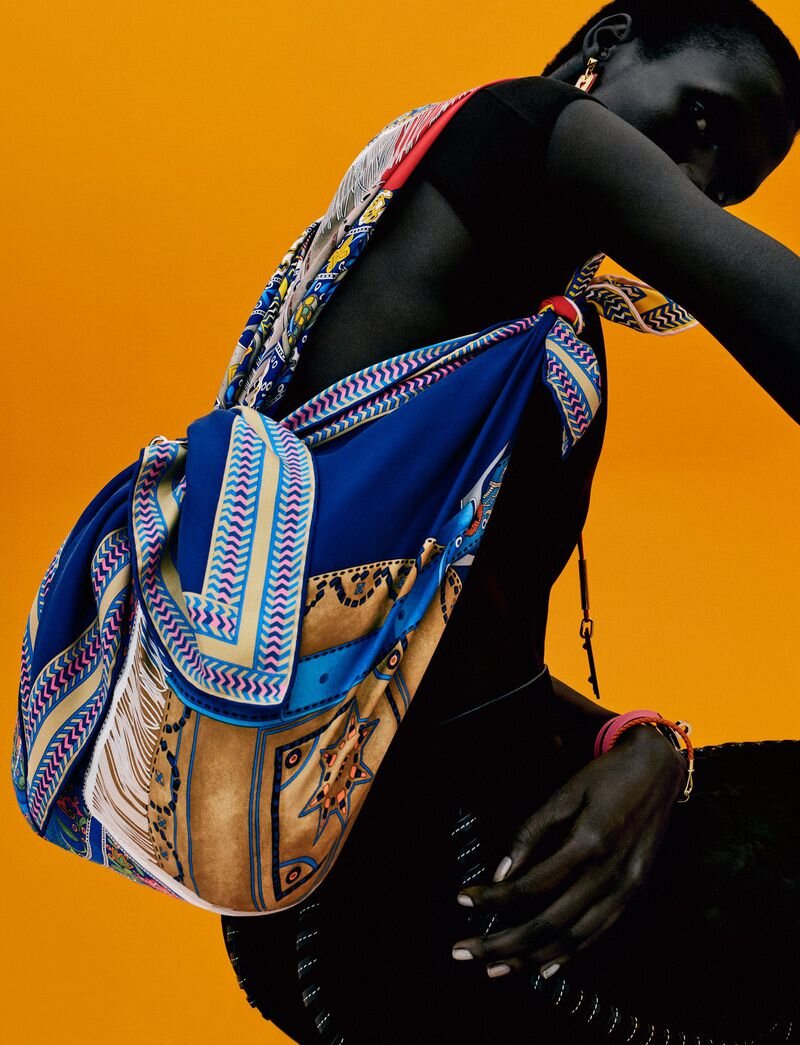Capitol Siege Prompts Concerns Over Extent of White Supremacist Infiltration of US Police
/By Vida Johnson, Associate Professor of Law, Georgetown University. First published on The Conversation.
The apparent participation of off-duty officers in the rally that morphed into a siege on the U.S. Capitol building Jan. 6 has revived fears about white supremacists within police departments.
These concerns are not new. White supremacy, the belief that white people are superior to other races, has long tainted elements within law enforcement. As I testified before Congress just months before this assault, there is a long history of racism in U.S. policing – and this legacy may have contributed to the violence in the Capitol in Washington, D.C.
Reports of officers involved in an attack in which the symbols and language of white supremacy were clearly on display are concerning.
But so too, I believe, is a policing culture that may have contributed to the downplaying of the risk of attack before it began and the apparent sympathetic response to attackers displayed by some police officers – they too hint at a wider problem.
As someone who has researched and written about the chilling problem of white supremacists in law enforcement, I believe the failure to confront the problem has had deadly consequences.
Blue, But White First?
Racism and white supremacy are problems in society, not just the police. Just after the violent Unite the Right rally in Charlottesville, Virginia, in 2017, 9% of Americans responding to an ABC News/Washington News poll said that it was acceptable to hold neo-Nazi views.
Meanwhile, a Reuters poll after the insurrection at the Capitol found that 12% of Americans supported the actions of those who took part in the attack.
But the percentage of police officers who hold views in support of white identity extremism may be at least as high or higher – white people are overrepresented on police forces cross the country. And surveys have found that police officers – especially white ones – diverge from the wider public on issues of race. A 2017 Pew poll found that 92% of white officers believe that the U.S. had made the reforms necessary for equal rights for Black Americans. This compared with just 29% of Black officers and 48% of the general public, including 57% of white Americans. This leads some to wonder whether police are more sympathetic to the rhetoric of Trump and others.
With their enormous power, department-issued weapons and access to sensitive information, police departments must be rid of officers with racist views for America’s security. But for the same reasons, police departments have become attractive recruiting grounds for white supremacist groups.
The FBI warned of the problem in 2006, noting: “Having personnel within law enforcement agencies has historically been and will continue to be a desired asset for white supremacist groups.”
Because of the secretive nature of such groups, it is hard to say how many officers are involved. But since 2009 police officers in Florida, Alabama and Louisiana have been identified as members of white supremacist groups. Meanwhile, more than 100 police departments in 49 different states have had to deal with scandals involving racist emails, texts or online comments sent or made by department staff. Just this week a high-ranking officer in the New York Police Department was found to be behind a string of racist posts online.
Misplaced Sympathies
When it comes to the events of Jan. 6, there appear to be three main areas of concern about the action – or inaction – of police. First, there appears little doubt that Capitol Police did not prepare in a way to protect the Capitol for the threat lawmakers and the vice president faced. The U.S. Capitol Police Department is one of the best-funded police forces in the country; with a budget of more than $500 million and approximately 2,000 police officers, it is larger than the police force of the city of San Diego, yet the Capitol Police’s mission is to guard a few buildings and the members of Congress.
The rally and plan to attack the Capitol were discussed on public social media platforms such as Twitter, Parler, Reddit, Instagram and Facebook for law enforcement who cared to be prepared. Enrique Tarrio, a member of the far-right Proud Boys, was arrested a few days before the attack for the destruction of a Black Lives Matter flag belonging to a Black church in Washington, D.C. Tarrio had traveled to the District of Columbia for the Jan. 6 rally and was allegedly in possession of high-capacity magazines. This should have been an indication that the protesters planned violence.
Both the NYPD and FBI warned the Capitol police of the threats they were seeing online, with an FBI office in Virginia telling Capitol police that extremists were planning violence and “war” just one day before the attack.
Yet there were no phalanxes of heavily armed police officers as had been the case in protests in the capital against racism, in which many more Black Americans were involved.
As such, many are legitimately asking: Was the threat posed by the rioters on Jan. 6 underestimated by police because of their race?
There are also questions to be asked over whether Capitol police officers were more sympathetic to Trump supporters during the attack itself. One officer tasked with protecting the Capitol put on a red Make America Great Again cap during the attack, according to the Tim Ryan, the Democratic chairman of the House subcommittee that oversees funding for Capitol police. Another Capitol police officer was seen being friendly and taking photographs with rioters. Two Capitol police officers have been suspended and at least 10 others are under investigation for their behavior in the uprising.
Off Duty, in Crowd
Finally, there is concern that off-duty officers holding extreme views traveled from across the country to be part of the day’s events. Reports from Capitol police officers describe cops flashing their badges while attempting to enter the Capitol.
At least 28 sworn law enforcement officers attended the Jan. 6 rally, according to a tally kept by the publication The Appeal. They represent police departments from at least 12 different states. This number could grow.
Obviously there is a difference between merely attending the rally and taking part in the siege.
But domestic terrorism from far-right groups is a significant threat to America’s safety and security. And the actions of police on Jan. 6 – both as individuals and as a force – raise concerns. For all Americans to be truly safe, it is important to weed out far-right extremism, especially in the institution sworn to protect us all.



